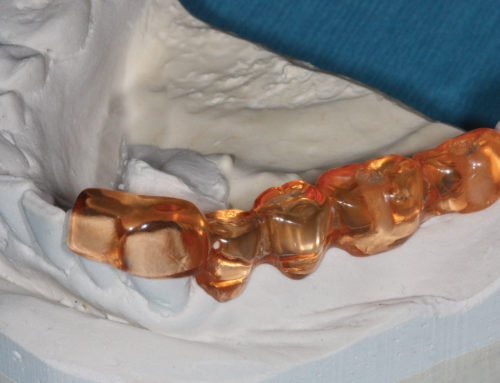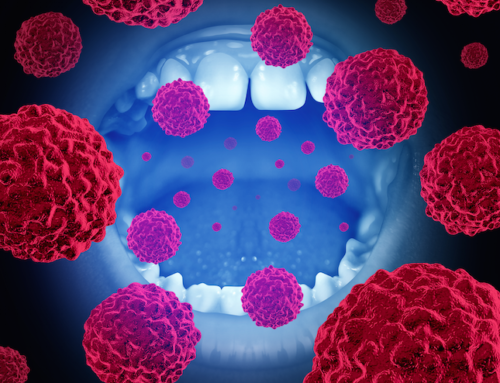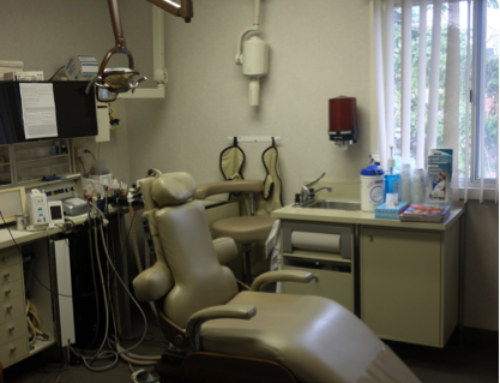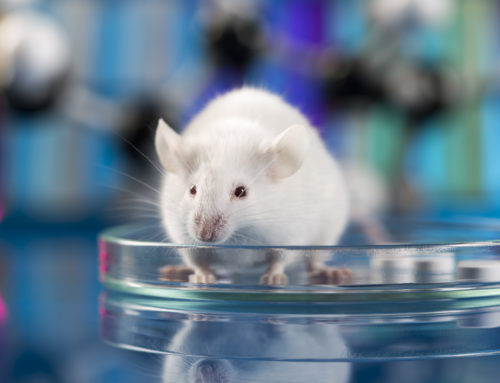
Advances with bioceramic materials in endodontic treatment now allow for new treatment choices and improvements in long-term success for endodontic patients. These materials possess extraordinary properties and use minimally invasive techniques, mainly with regard to the function of obturation, which is generally considered the weak link in the treatment process of sealing the canal.
Previous sealers were hydrophobic and not biocompatible. They lacked resistance to washout, shrank upon setting and caused irritation if extruded beyond the apex. To compensate for these disadvantages, obturation techniques focused on displacing the sealer with guttapercha. Often this resulted in the removal of excessive dentin to facilitate compaction, thereby weakening the structural integrity of the tooth.
New bioceramic technology provides sealers that are superior to guttapercha and are setting a new standard of care with endodontic treatment. A bioceramic sealer achieves a chemical bond to the canal wall as a result of the hydroxyapatite that is created during the setting reaction of the materials.
After adequate cleaning and shaping has been performed, the more time consuming and complicated obturation techniques can safely be replaced with synchronized hydraulic condensation. The bioceramic sealer forms hydroxyapatite upon contact with moisture, bonds chemically to dentin and quick-sets in 3-4 hours.
Severely curved and calcified canal anatomy can be more successfully treated because a conservatively shaped canal is more easily navigated with a bioceramic sealer. Additionally, the sealer is insoluble over time and does not cause an inflammatory response because the material is highly biocompatible and minimally invasive clinical techniques are used. Bioceramic materials are also the material of choice for direct and indirect pulp capping and root-end filling.
In an era that emphasizes minimally invasive and evidence-based dentistry, the use of bioceramics in endodontic treatment is breakthrough technology that offers the power to save more teeth and improve long-term outcomes for patients.





